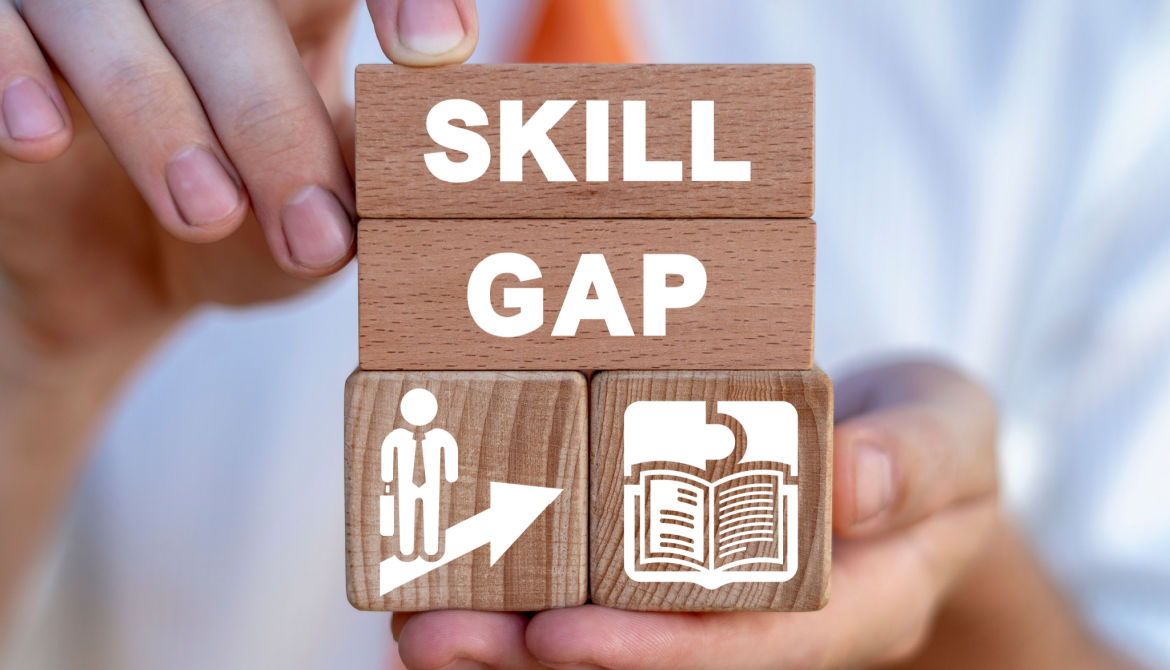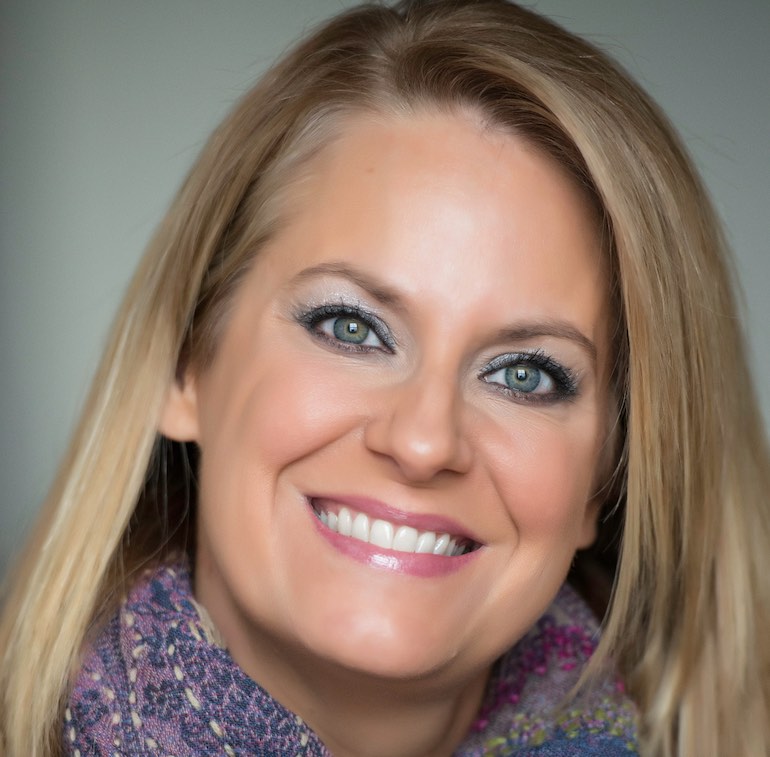4 minutes
Measure the starting point, identify your targets and know your priorities.
Gaps in a person’s teeth are readily apparent. Closing them is a straightforward task for a good orthodontist.
In contrast, gaps in the knowledge, skills and abilities of a leader, manager or individual contributor in your organization can be harder to see on the surface. But they can be both identified and improved if you know what you’re doing.
A good first step is to draw your starting line by identifying which knowledge, skills and abilities are required for success at your credit union within each level—identifying your success competencies is a foundational step in nearly all talent development strategies. Until you understand what specific competencies equate to success within your organization it’s virtually impossible to strategically focus on any HR or Development goal. While there isn’t really a finish line when it comes to developing people, you need to get an idea about your organization’s success targets for performance.
Compare where people are now and the success targets you’ve set, and you’re one step closer to defining the talent gaps in your organization and setting yourself up to successfully begin to address them by developing toward them.
Keep in mind that it’s not helpful to develop people in a vacuum. You’ll want to make development plans for your team members through the lens of your organizational priorities.
Let me explain in more detail.
Defining the Gap
Your people can help you find out two key things:
1. What knowledge, skills and abilities matter for success in your organization in various roles and at various levels. To find out what competencies help drive success in your organization, ask your team members a question like: “Which skills, knowledge or abilities allow you to be successful in accomplishing the organization’s mission?”
2. How well everyone in the organization, in each level, is on delivering on the knowledge, skills and abilities required for success. To find out how people are performing on the key knowledge, skills and abilities identified as contributing to success, ask your staff, “How would you rate your own performance for these critical competencies?” To be sure, people are typically not very good at rating their own performance, so we also recommend asking people they work with (peers, manager, even customers) how they think their colleague is doing and looking at all that data to form a clearer picture.
The answers you receive on these two key questions will help form the baseline for the competencies required to succeed in specific roles, departments and the organization overall—plus where each person in your organization currently is in their ability to deliver on each. Comparing the two, you can see the gaps.
Before we go on to talk about how to use your results in the context of your priorities, let me answer a couple of common questions about how to set up a rating system that can be consistently used by your team members to deliver useful results.
First of all, the data discussed above can help you define what top performance really looks like for each knowledge, skill and ability. So leverage that.
In terms of setting up the rating scales, some leaders prefer using such words as “exceeds expectations” or “meets expectations.” Others prefer to use numerical ratings. Either is fine and useful, so long as it works for you and you use it consistently across the organization.
Know Why You’re Measuring
Once you’ve done your surveying and know where your skill gaps lie, you may be tempted to jump right into creating development plans for each member of your team. But before you do so, think back to why you are doing this skills gap study in the first place. Are you interested in boosting the current performance of a particular group or department? Is your aim for your team to be ready to take on a new challenge? Are you concerned about preparing to fill empty positions due to retirement?
Once you’ve answered these questions, you are ready to act on the development of your people to meet your priorities. For example, maybe you have an urgent need to develop a particular skill set in your IT group. Write the development plans for them accordingly. Or maybe you need to develop a future executive for your finance team. Keep that in mind as you create your organization’s development plan and determine where to focus your learning and development resources.
Doing this work can build a lot of excitement. You can help your team see clearly the next logical step in their career development that will help drive the organization’s success. You can show people who want to be promoted what they need to develop to be prepared for the opportunity. You can develop a succession plan with detailed development strategies. You can help individual contributors be the best they can be in their current roles.
All in all, you’ll find value in identifying and working on filling your organization’s talent gaps, looking to your priorities to guide your steps.
Stepping in the gap between corporate complacency and organizational excellence is where Lesley Sears strives to be. Now VP/talent development consulting for CUES, Lesley is passionate about helping leaders find their company’s superpowers in talent development through a wholistic approach: identify–develop–document-repeat. She’s a Lean Six Sigma Black Belt, a certified executive leadership coach and has over 20 years of experience consulting with organizations across many industries to strategically develop their talent’s best selves. When she’s not working to help organizations maximize their potential, you can find her digging in her flower beds, reading or watching classic movies. Maybe, on a good morning in the spring and fall, you’ll find her running—really slowly.






